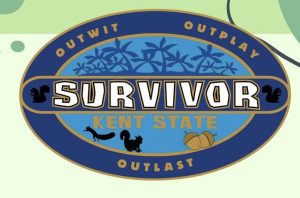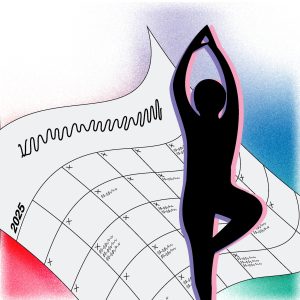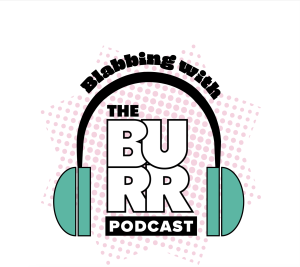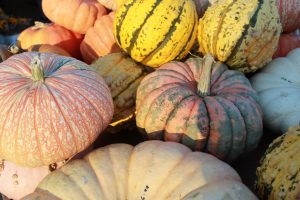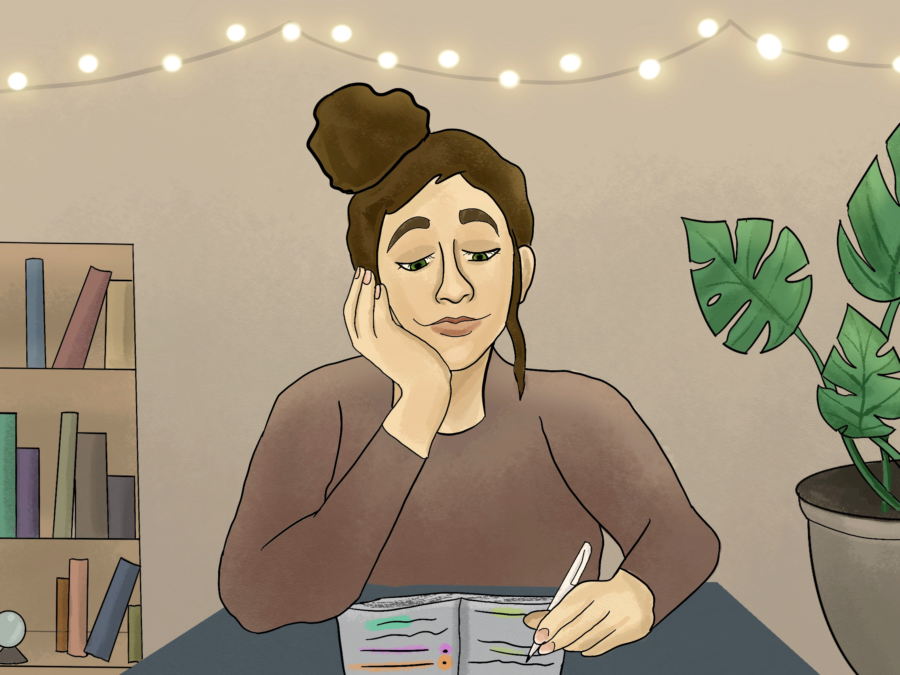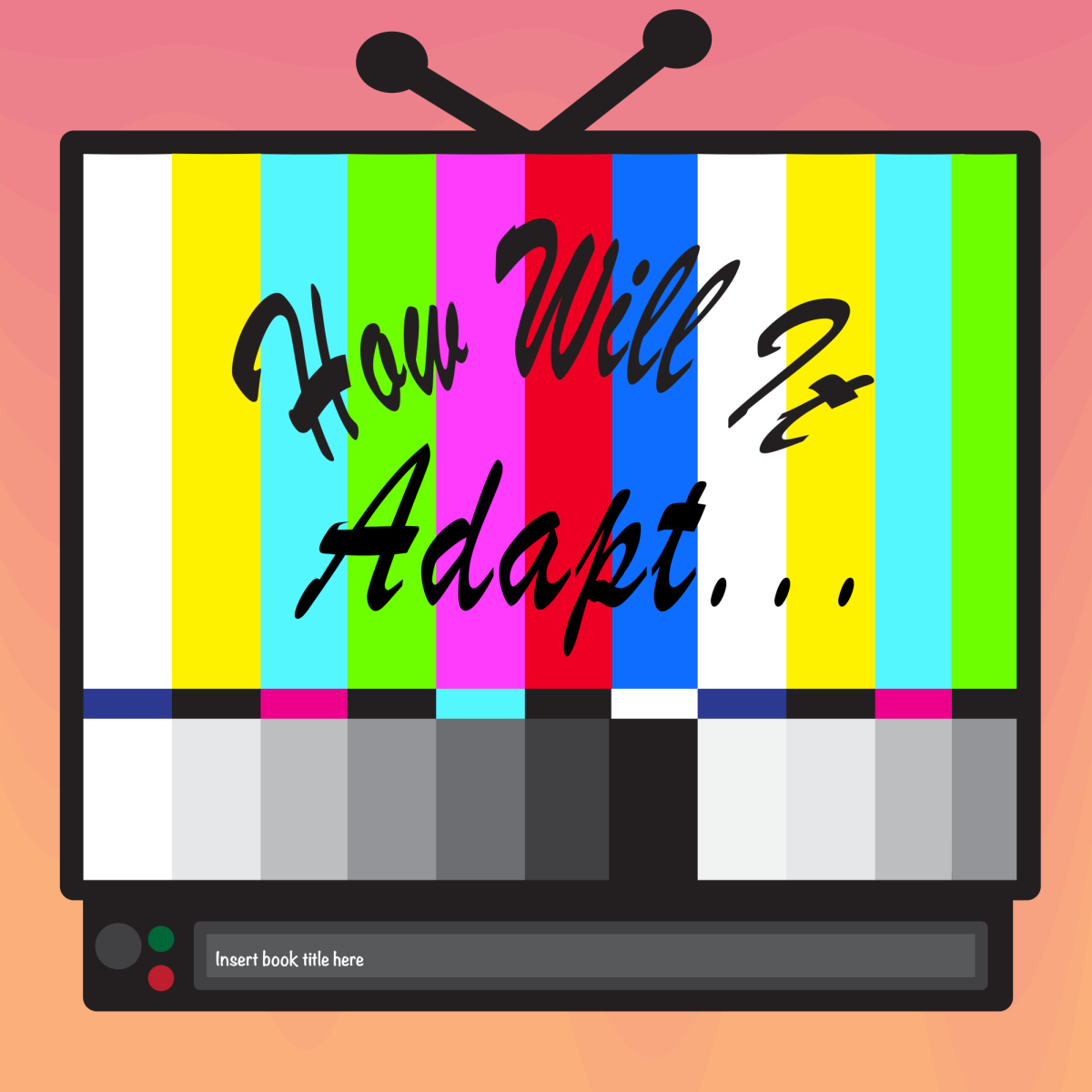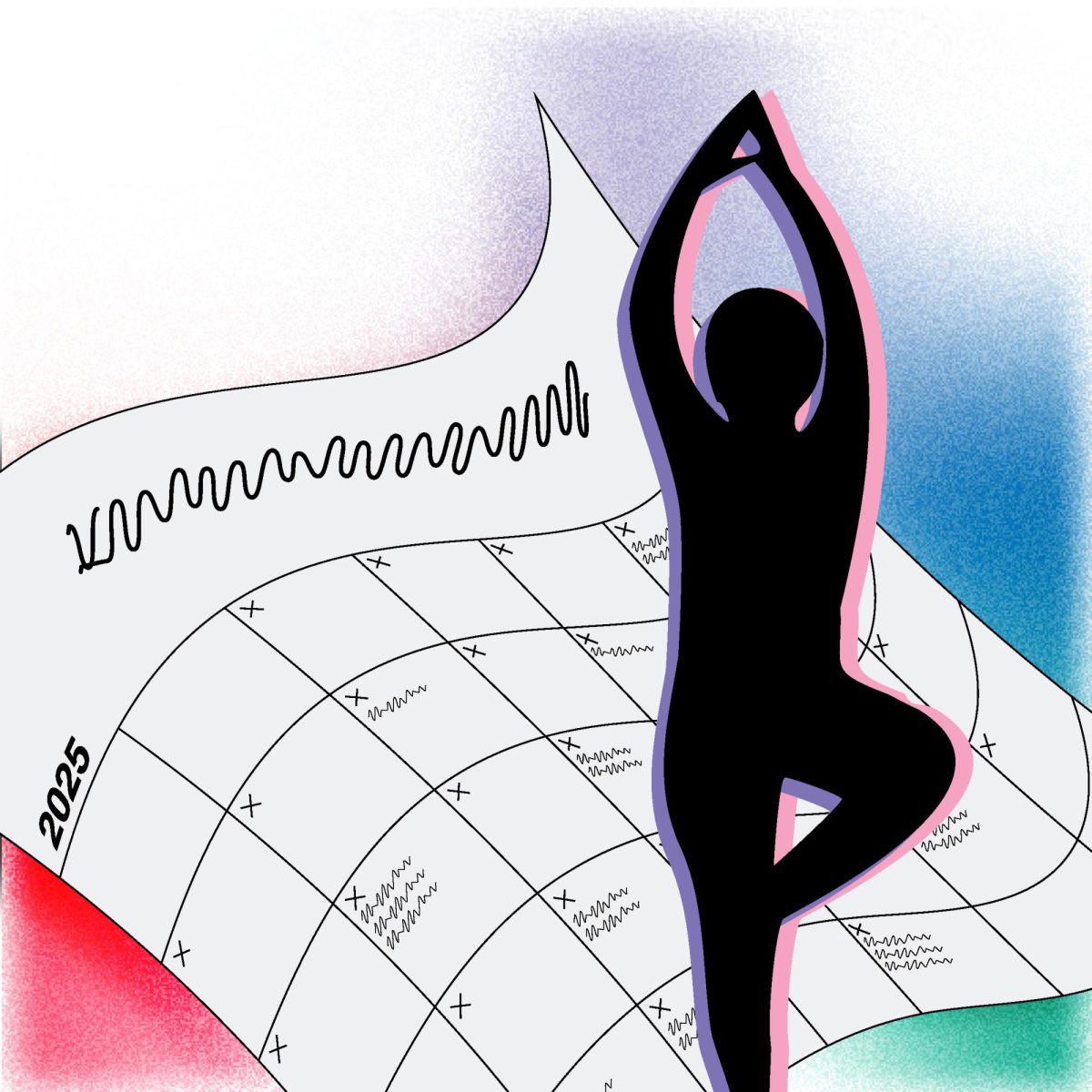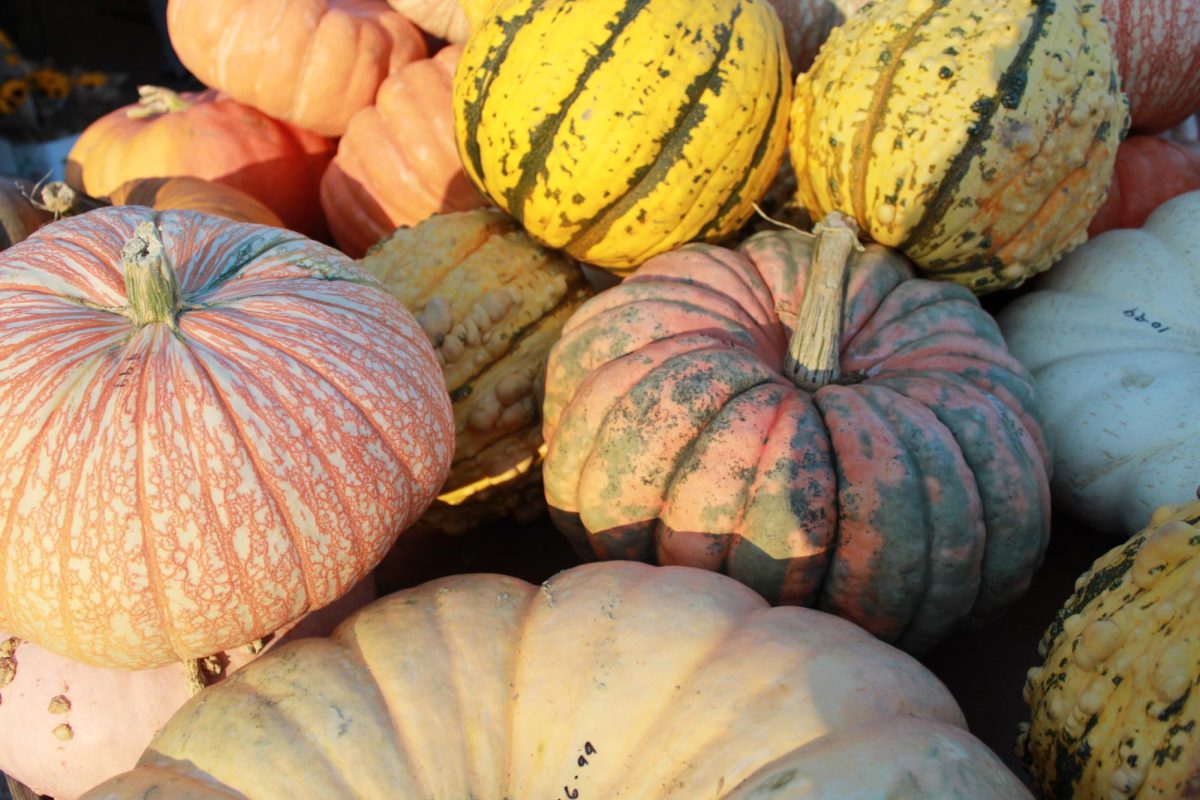Photographs by Hayley Vitale
Illustration by Alyssa Maziarz
Writing has been a passion of mine for as long as I can remember. When I was younger, I would create short stories (my version of picture books as a famous author) and share them with my friends. Even now, I love writing notes for my friends and family as words of encouragement, acknowledgement or to remind them how much they mean to me. For me, writing has always been a process that allows me to prove my arguments and express my viewpoints on a wide variety of subjects.
At the beginning of this year, however, my outlook on writing and what it meant to me completely changed. With all of the personal events I faced as well as the entire pandemic collectively, I found myself struggling with my emotional and mental health more than ever before. I was confused, scared and frustrated that I could no longer understand myself as I once had before. I began to use my passion for writing as an emotional outlet as nothing more than a leisurely activity.
I would write notes of encouragement for myself and use a journal when I found myself to be anxious, stressed, overwhelmed or upset. Writing provided me an emotional release and allowed me to understand my emotions more than I was ever able to before. My passion for this process has grown even deeper throughout this time, and I will always be thankful that I have had the opportunity to find not only an emotional outlet but a passion that I have been able to pursue for so long. Aside from myself, other students at Kent State use the process of journaling as an emotional outlet, a creative medium and as a place of reflection about their own lives.

Bella Palowitz is a sophomore majoring in communication studies with a concentration in applied communication. Aside from her major, Palowitz is involved with several of Kent State’s student media outlets, Delta Gamma sorority and enjoys acting outside of the classroom. Palowitz started to journal in eighth grade to document her feelings, interests and daily activities. As she grew older, however, the content of her journaling began to deepen. Palowitz began using writing as an emotional outlet and a venting space for her own personal life. Through her diary-like entries, Palowitz is able to examine her feelings and have a safe space to share all of her thoughts with herself. “My journal is whatever I need it to be: a healing place,” Palowitz says.
At other times, Palowitz enjoys creating spreads in her journal to provide a creative outlet for herself.
“I use (tiny photographs, washitape and calligraphy) to explain events sometimes rather than just writing them down,” Palowitz says. More than anything, Palowitz wishes to remove the stigma surrounding journaling. She believes that many people may be afraid or do not know how to confront their own feelings and sit with themselves and their emotions.
“People may be apprehensive about journaling, because people may be afraid of their own feelings. But it makes it easier to understand ourselves to work through and identify our problems.”

Anna Spagnola is also a sophomore at Kent State double majoring in digital media production and French. Spagnola has five journals that she simultaneously uses: two bullet journals, a leather bound journal, a gratitude journal and a journal for all of her professional and career path ideas. Each of these journals hold a specific purpose and are separated for this reason. Spagnola describes herself as a project-oriented student rather than a deadline-oriented student. Knowing this, she uses her journals to document her deadlines by jotting down project ideas and keeping track of all her thoughts relating to her assignments. Out of all five journals, the main journal she uses is a bullet journal where she creates her own tables and calendars in colorful fonts and creative styles. Since one of her majors is French, this journal is written mainly in this language! This helps her practice as well as keep track of her daily, weekly and monthly tasks. The other half of this journal is used as a habit tracker where Spagnola can create bullet spreads for more personable topics.
“Putting thoughts onto paper is a great release — I feel like too much information is in my head, and it’s easy to see what I know once it’s on paper,” Spagnola says.
Spagnola describes bullet journaling to be much more time-consuming than regular writing; however, it provides her a creative release in her everyday life that she enjoys. “My favorite journal is my bullet journal, because I can plan ahead all while using it as a creative method for myself,” Spagnola says.
There are no boundaries, such as lined paper, in a bullet journal. This provides a great space for creative expression and journaling outside of a regular piece of paper. Through documenting in her bullet journal, Spagnola can see just how her creative style and writing has developed over time.
Janson Smith is a freshman at Kent State double majoring in international relations and Spanish. Most of Smith’s journaling centers around his Bible study as well as his faith. Rather than taking notes on the scriptures themselves, however, Smith journals about the application of the Bible to his own personal life, as well as Christian music.
Most of these are unfiltered thoughts that go through his mind when he immerses himself in Bible study. By getting his thoughts down onto paper, he is easily able to examine the small details of his writing and understand his thoughts more clearly. “(My writing) is about (my) own application and thoughts about the scripture and Bible music,” Smith says.
. “The doodles are an unfiltered reflection of what I’m thinking and feeling,” Smith says. To Smith, his journal is a place for self-reflection and provides him a creative outlet as well, especially when it comes to listening to music or reading scriptures.. “Journaling is a regular check-in with myself and helps me see my thoughts on paper,” Smith says.
Most of the time, understanding how we feel is not an easy subject to tackle. Statistics show that 35% of all college students struggle with their mental health, and 57.7% of those students experienced “overwhelming” anxiety. However, only 9% of these students will seek help for their emotional and mental well-being (whattobecome). The majority of students may be apprehensive about journaling, because there is not one “right” way to understand ourselves or be able to understand how we are feeling. However, in my personal opinion, this is all a beautiful part of the process. Since there is not one specific way to express and understand ourselves, students can develop a method that best works for them if they are apprehensive about seeking professional help for their struggles. After all, I have always been taught that the first step to solving a problem is to acknowledge what you are feeling. Journaling not only provides an emotional outlet for some but can also be the key to solving problems and understanding ourselves deeper than ever before.

